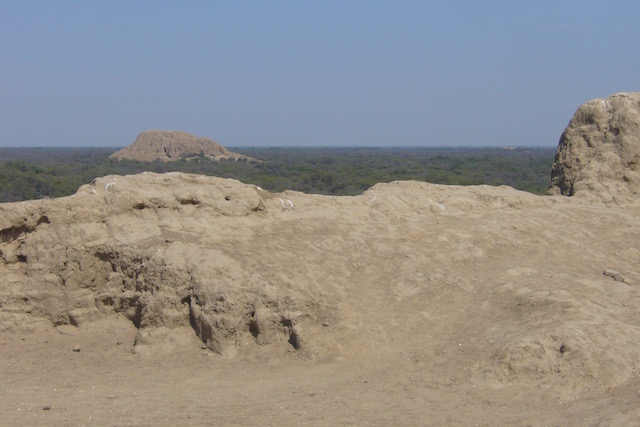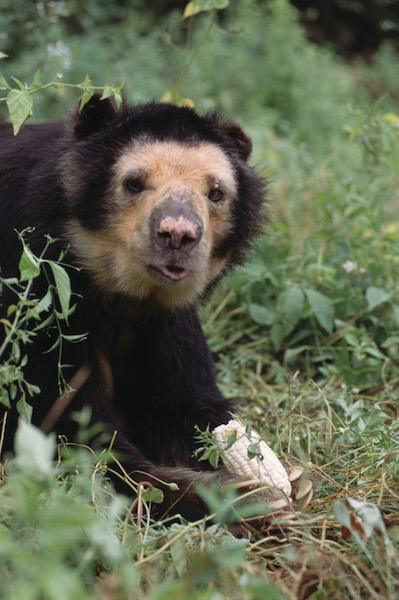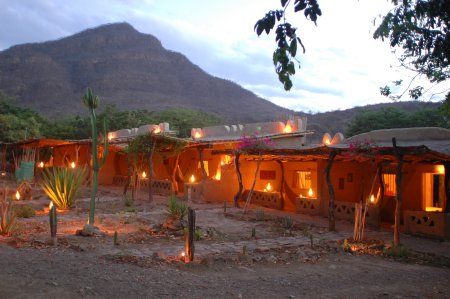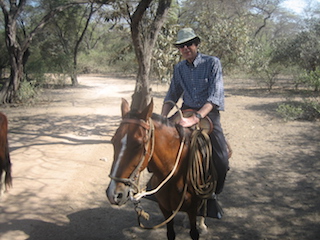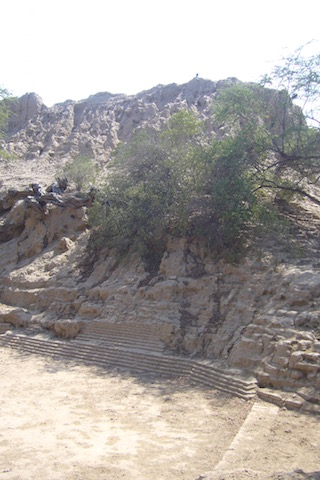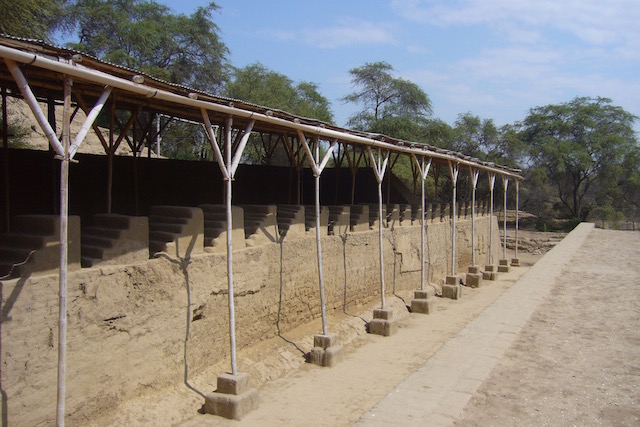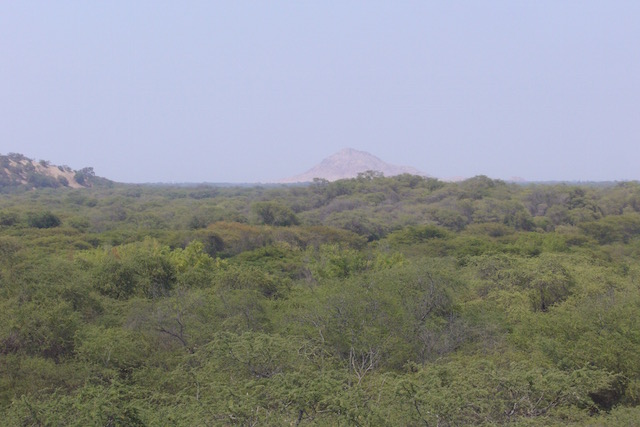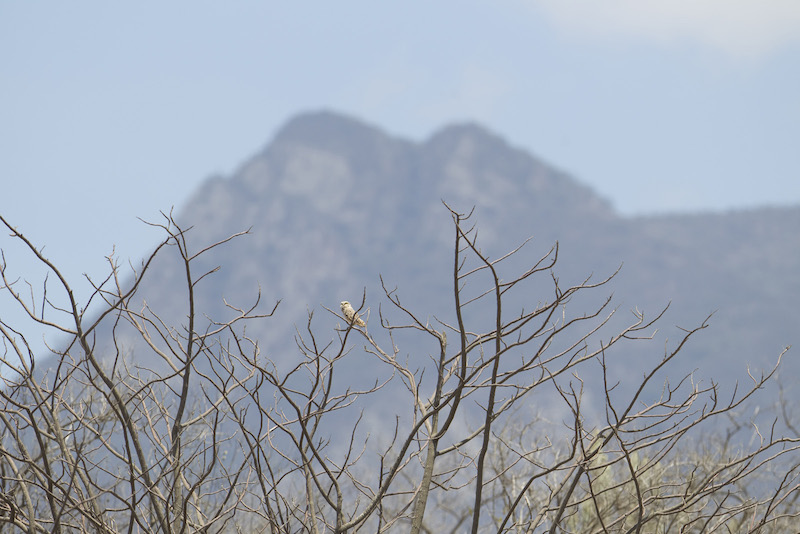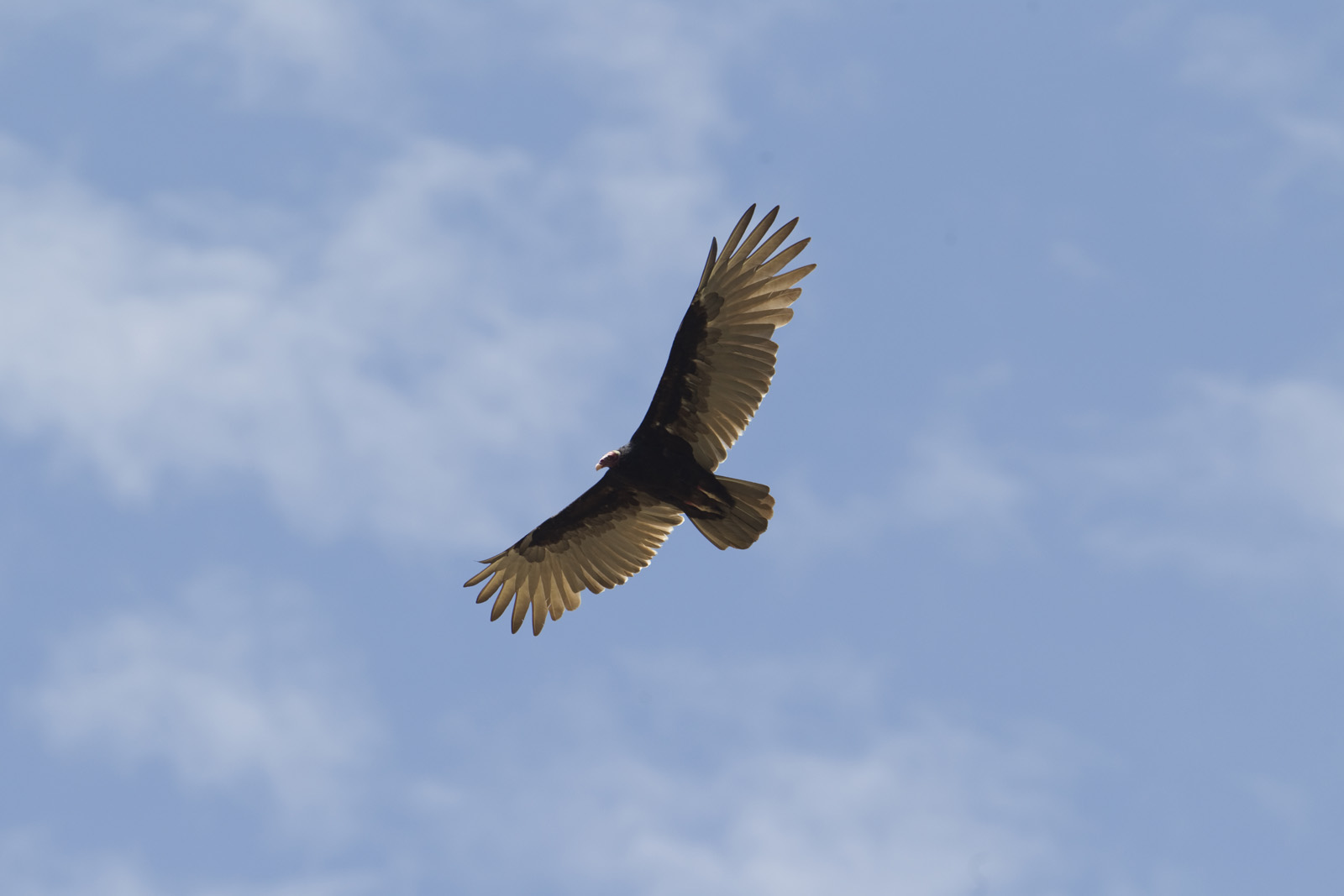Discover Northern Peru’s Dry Forest
The Equatorial-Pacific Seasonally-Dry Forests of south-west Ecuador and north-west Peru (also known as the Tumbesian region) are amongst the most unique and biodiverse forests on earth.
These deciduous, tropical forest habitats have evolved in isolation, in a relatively constant climate, maintained by the cold Humboldt current.
The area is isolated by the Pacific to the west, the Andes to the east, the wet forests of the Chocó to the north and the Peruvian Coastal desert to the south.
Dry Forest Flora & Fauna:
The constant climate and isolation has led to the evolution of many species unique to the region.
Algarrobo trees in Pomac Historical Sanctuary.
The typical tree is the algarrobo, which has various names in English: kiawe, huarango and American carob.
It is a thorny legume, native to Colombia, Ecuador, and Peru, thriving in dry, coastal areas, owing to a long taproot, that is very efficient at extracting moisture from the soil. The tree grows quickly and can live for over a millennium!
The pods of the algarrobo can be used in various forms: livestock fodder, flour, and molasses (used in a classic Peruvian cocktail, the Algorrobino!).
Rufous Flycatcher in Dry Forest.
The flora supports 65 endemic bird species, 21 of which are considered to be globally threatened, including:
Grey-cheeked parakeet (Brotogeris pyrrhoptera)
Grey-backed hawk (Pseudastur occidentalis)
Rufous flycatcher (Myiarchus semirufus)
Slaty becard (Pachyramphus spodiurus)
White-winged guan (Penelope albipennis)
Peruvian plantcutter (Phytotoma raimondii)
Oro parakeet (Pyrrhura orcesi)
Yellow-bellied seedeater (Sporophila nigricollis)
Peruvian tern (Sternula lorata)
Blackish-headed spinetail (Synallaxis tithys).
Bronze-winged parrot (Pionus chalcopterus)
Saffron siskin (Spinus siemiradzkii)
White-edged oriole (Icterus graceannae).
White-tailed jay (Cyanocorax mystacalis)
Red-masked parakeet (Psittacara erythrogenys)
White-tailed jay (Cyanocorax mystacalis)
Of the nine endemic mammal species, six are considered threatened, including:
Southern tamandua (Tamandua tetradactyla)
Guayaquil squirrel (Sciurus stramineus)
Green iguana (Iguana iguana)
Up to 60% of the amphibians and reptiles are endemic of which the following are endangered:
Green sea turtle (Chelonia mydas)
Hawksbill sea turtle (Eretmochelys imbricata)
Phantasmal poison frog (Epipedobates tricolor)
This endemism, combined with high rates of forest cover loss in recent years, has led to the area becoming one of the most threatened on earth, with many species in danger of extinction.
The original coverage of the dry forests has been decimated through the past five centuries, with the rate having accelerated owing to road building programmes in the last half century. Now only approximately 4% of the original forest cover remains in good condition.
How to Visit Peru’s Dry Forest:
Lambayeque Dry Forest:
The endemic species to be found in Pomac Historical Sanctuary, and its convenient location on the road between Chiclayo and Chachapoyas, mean it is a destination on some of PeruNorth's birding routes:
Chaparri Ecological Reserve and Laquipampa Wildlife Reserve can be visited as an extension from Chiclayo, before or after the above birding tours ... or any tour for that matter.
Piura & Tumbes Dry Forest:
Cerros de Amotape National Park is accessible as a day trip from the Pacific beach resorts of Mancora, Vichayito and Los Organos.
Just ask us for more information.


